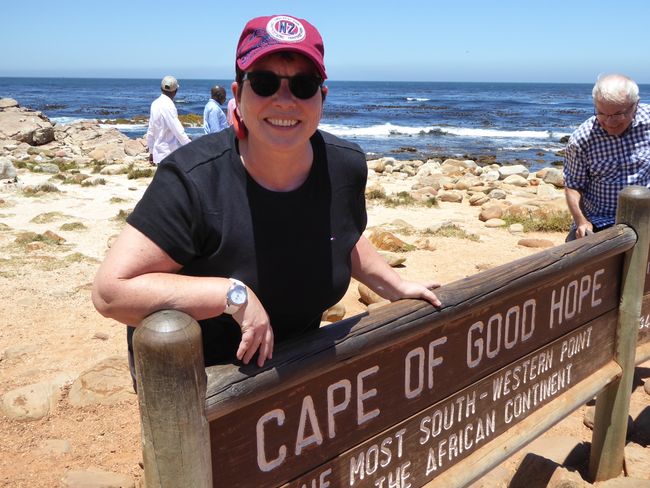
Südafrika - Kapstadt, Stellenbosch & Garden Route
vakantio.de/sudafrika_capetown_gardenroute
Nature's Valley & Monkeyland
Published: 05.09.2019
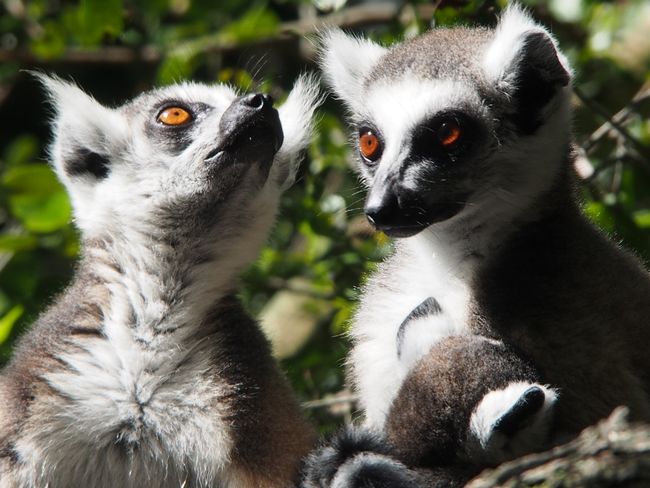
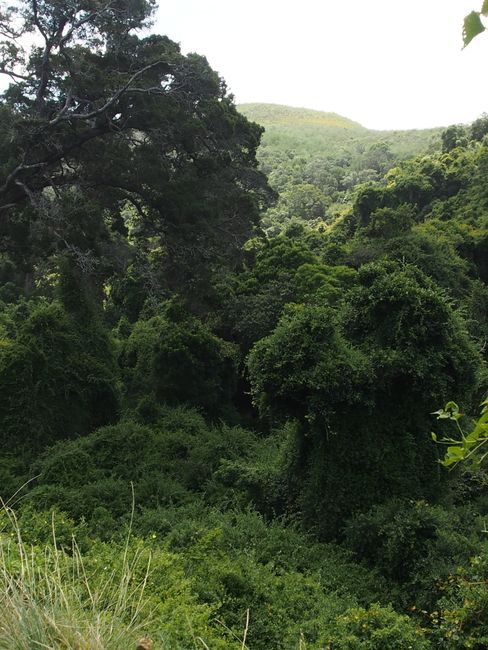
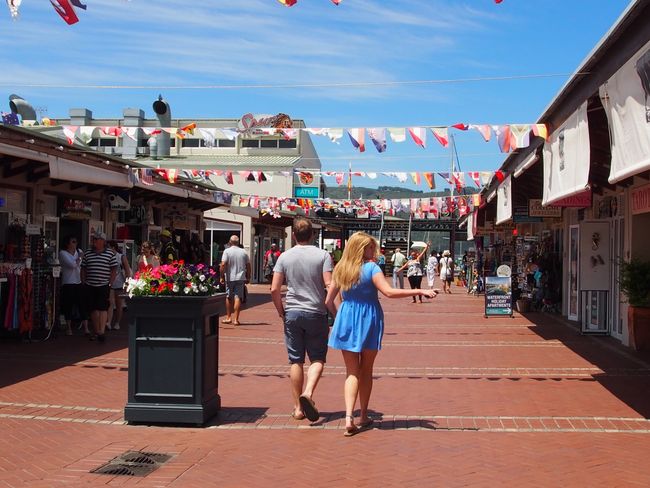
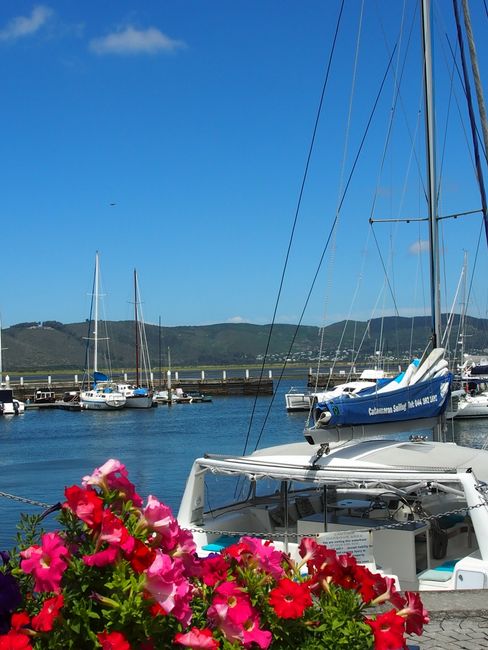
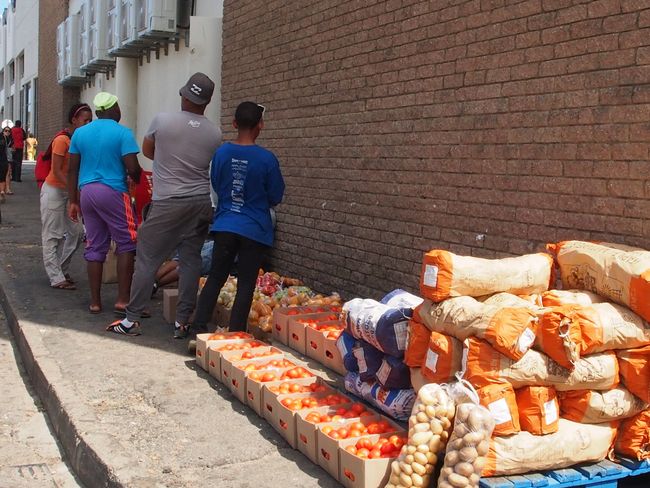
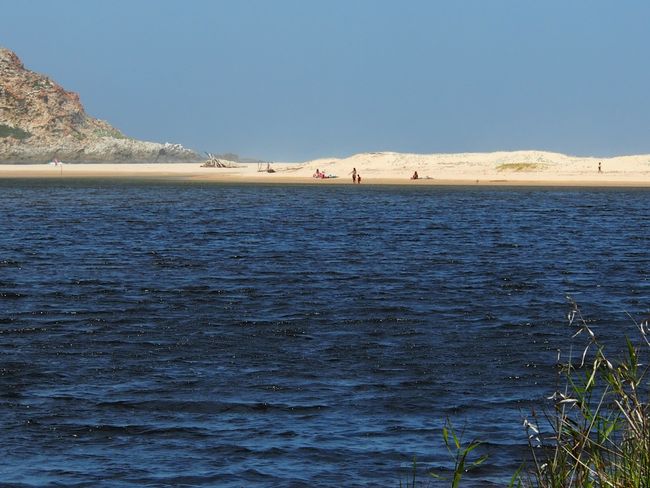
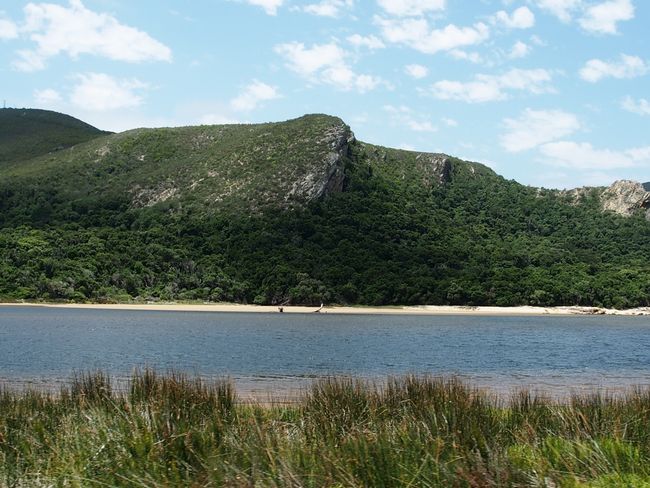
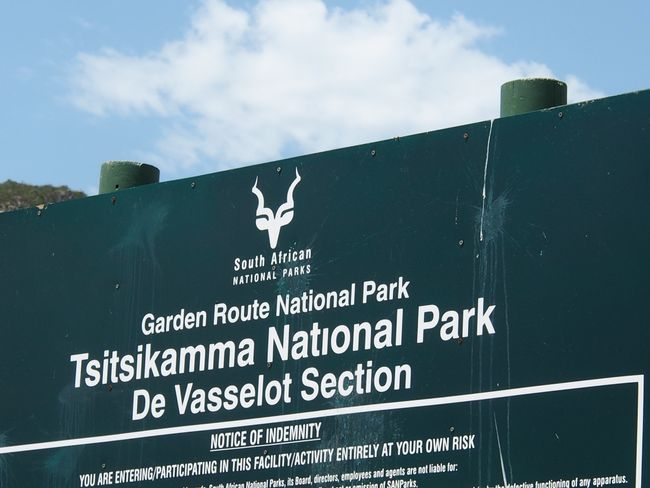
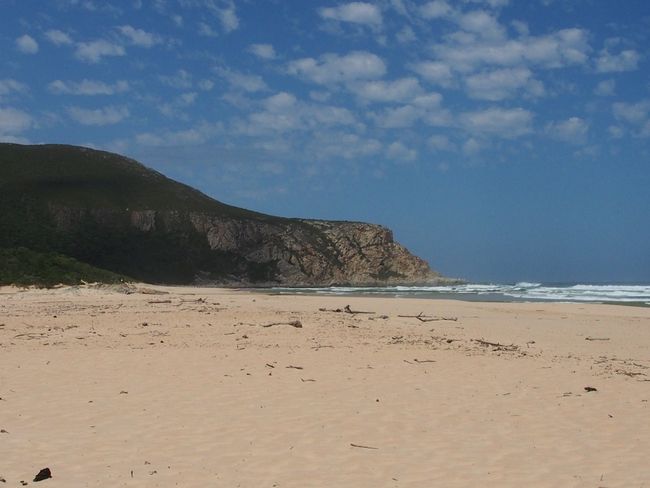
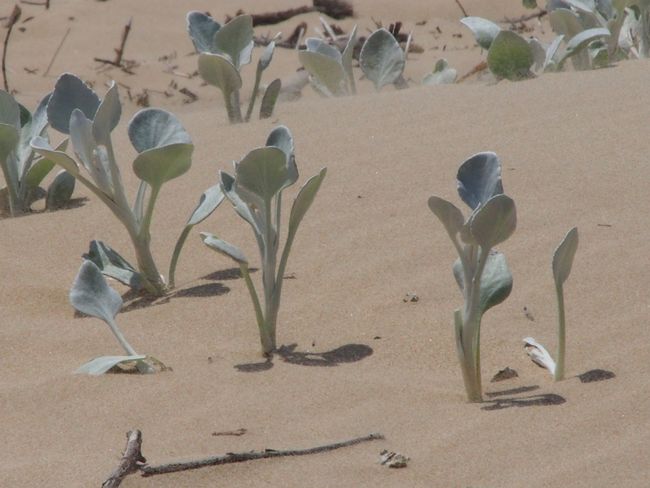
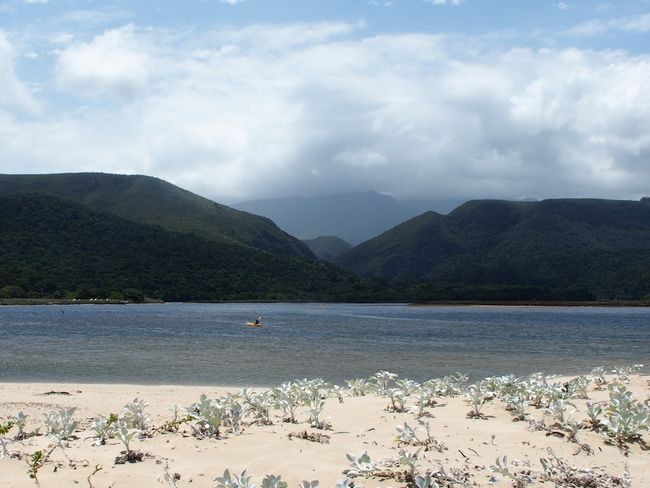
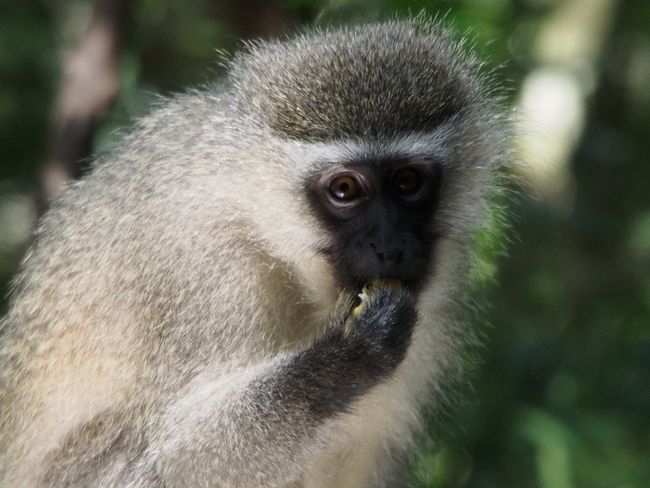
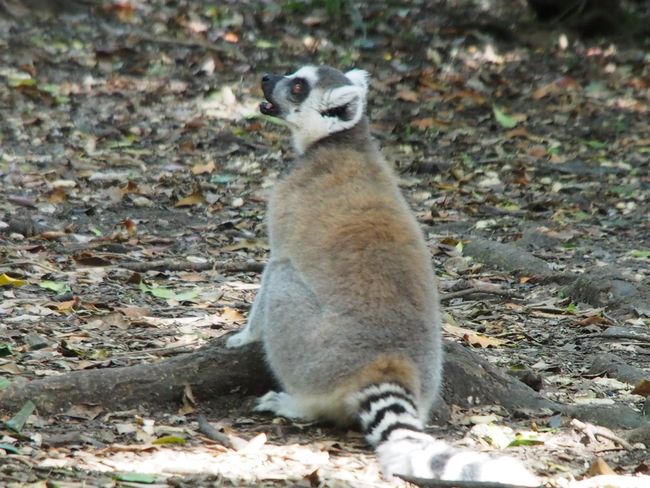
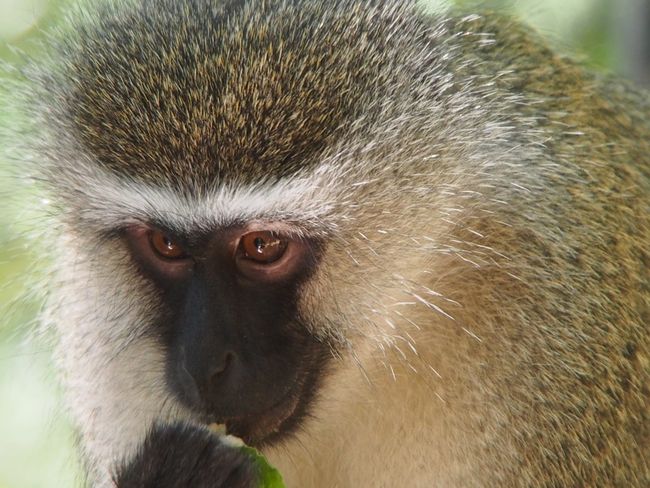
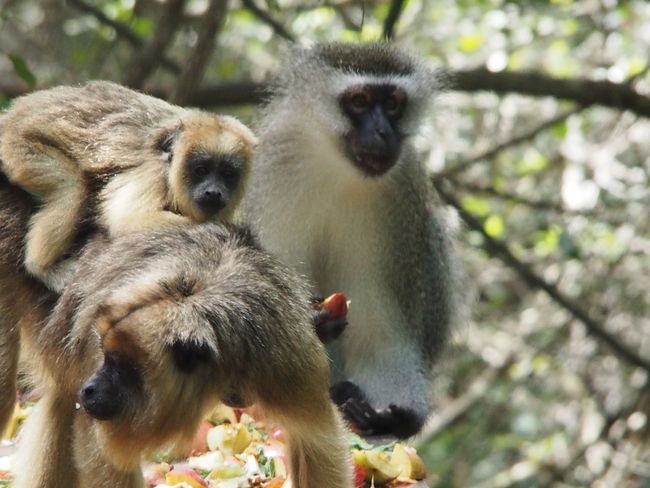
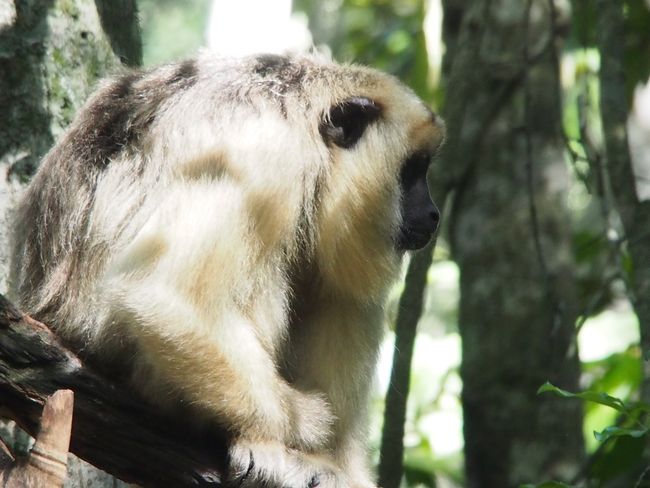
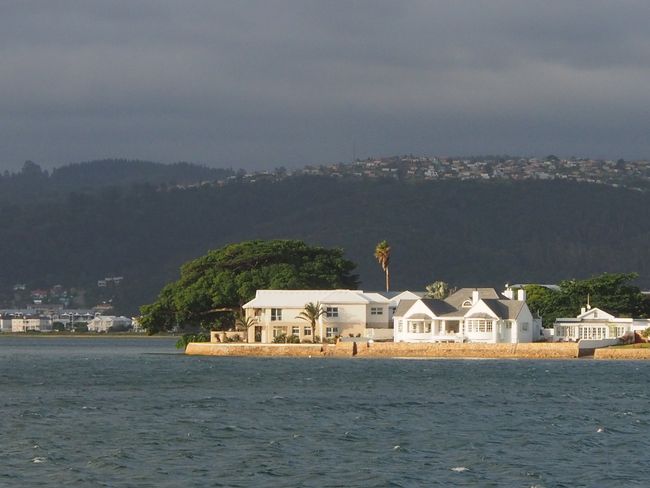
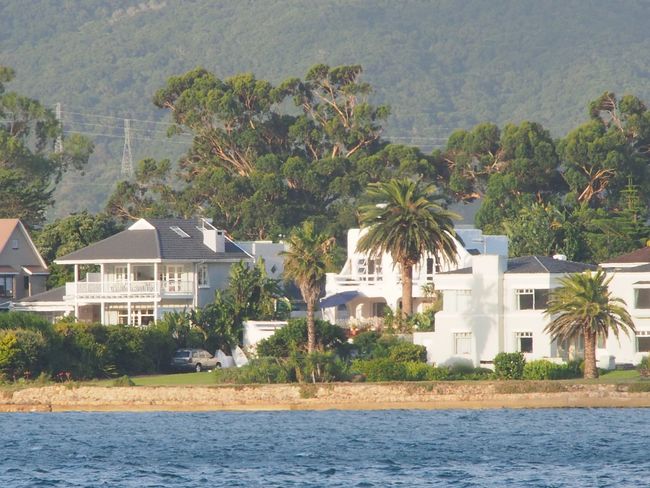
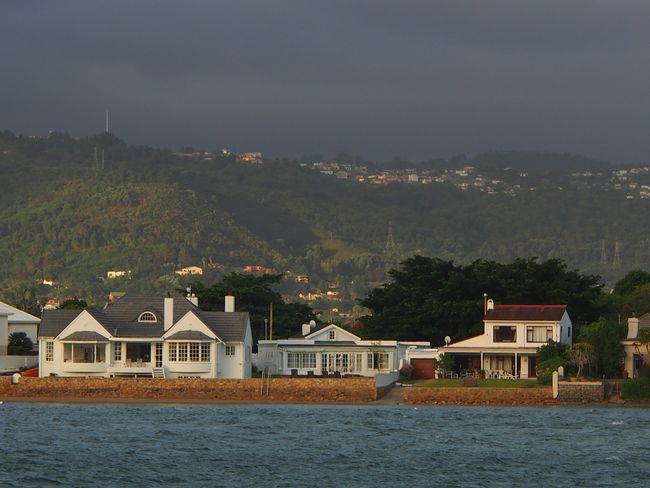
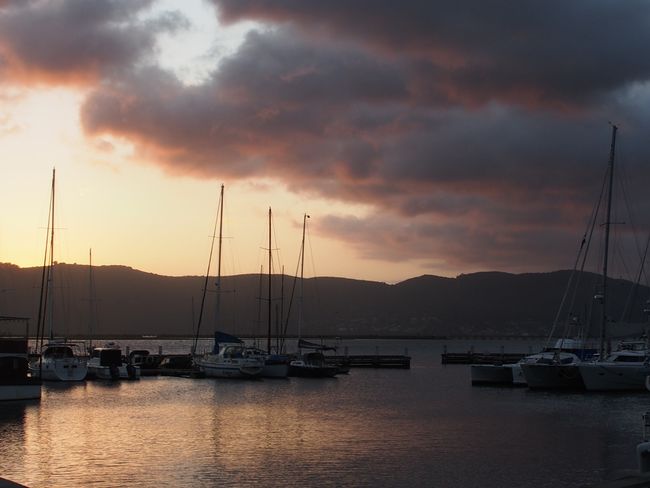
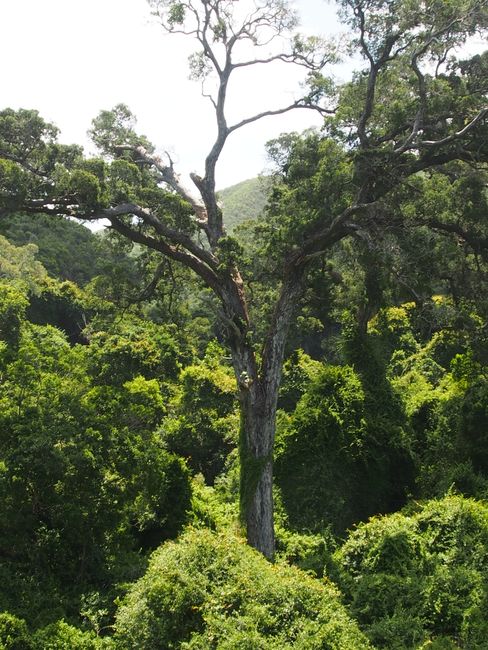
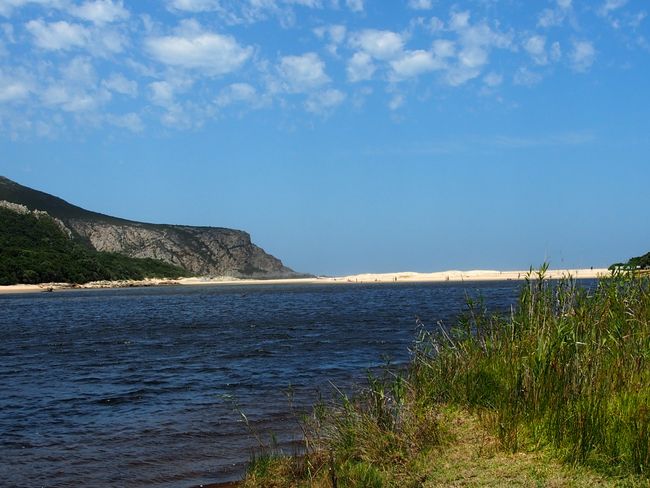
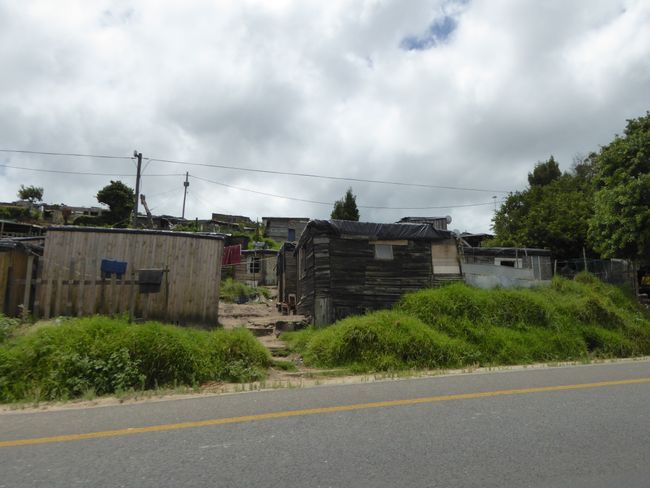
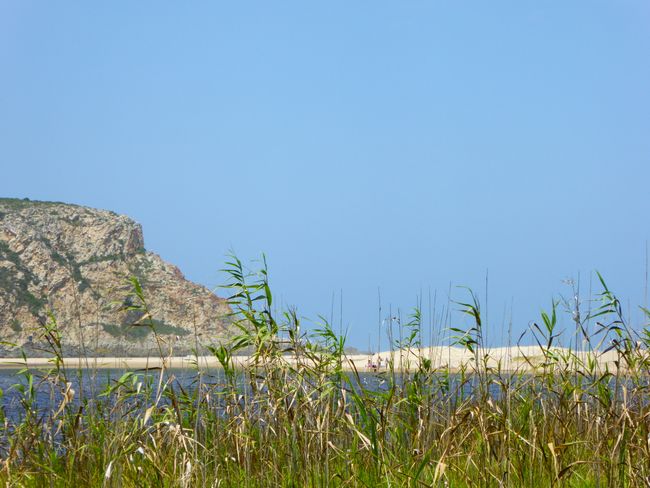
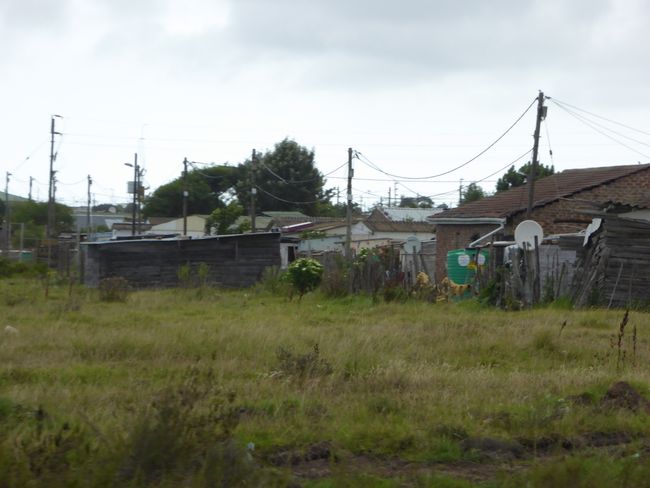
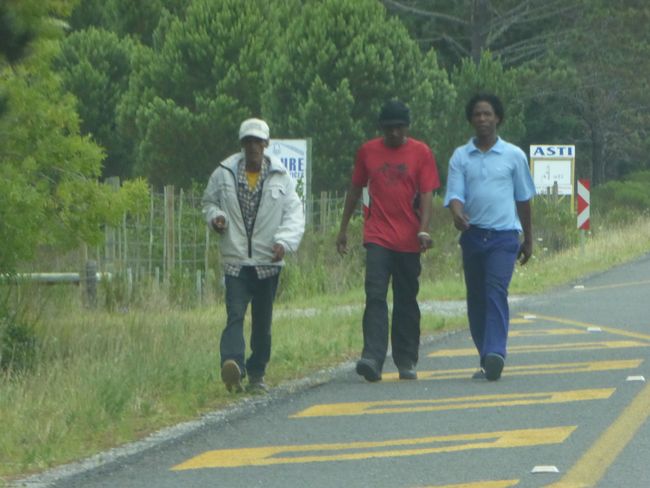
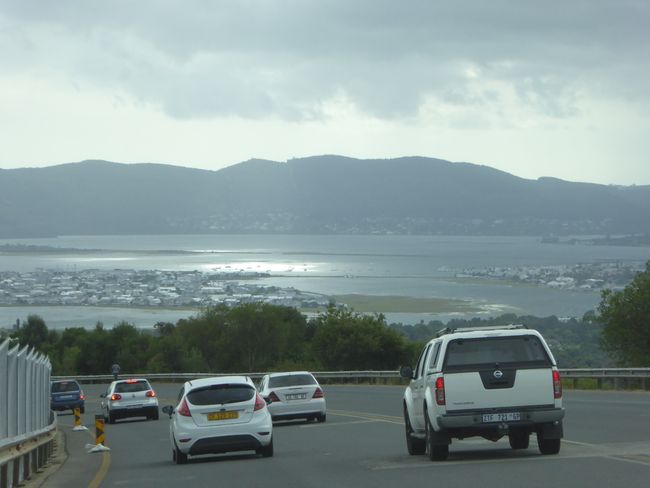
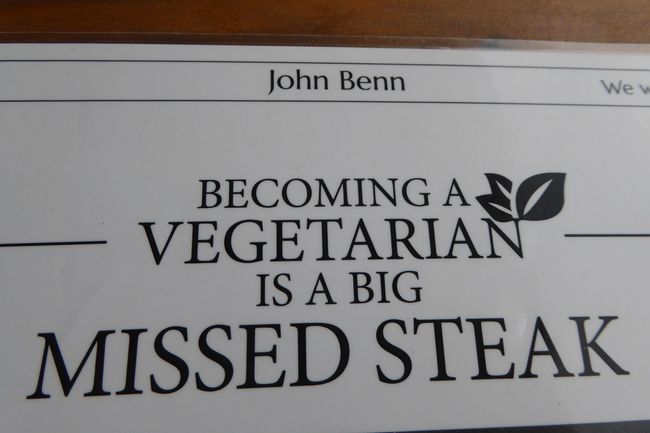
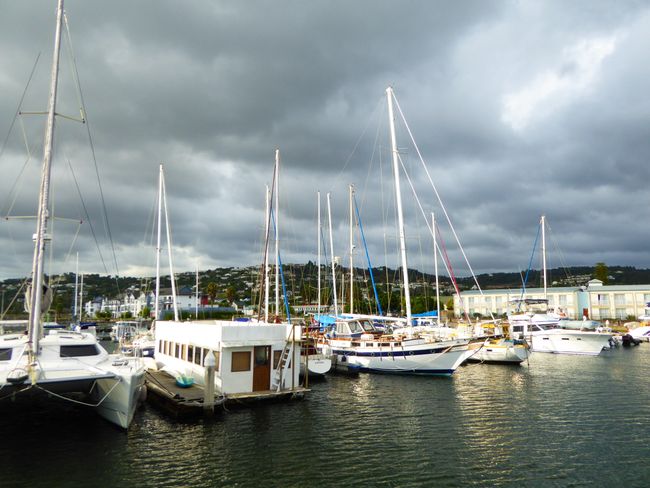
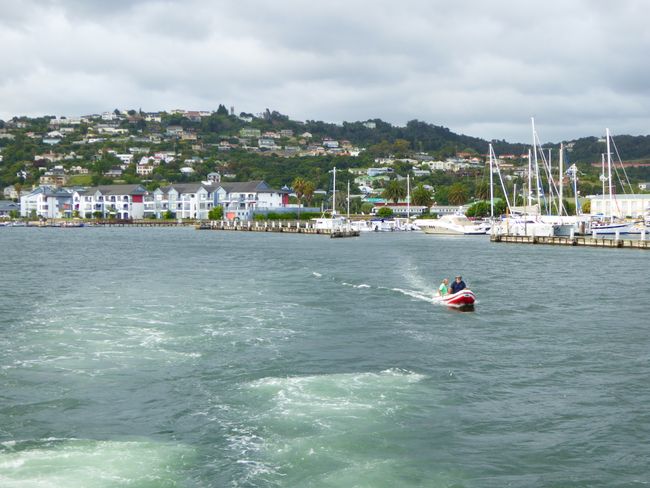
Monday 11.1.16

We have a super relaxed breakfast across from our apartment by the water. The cereal with honey is sensational and we enjoy the mild sun and pleasant temperatures.
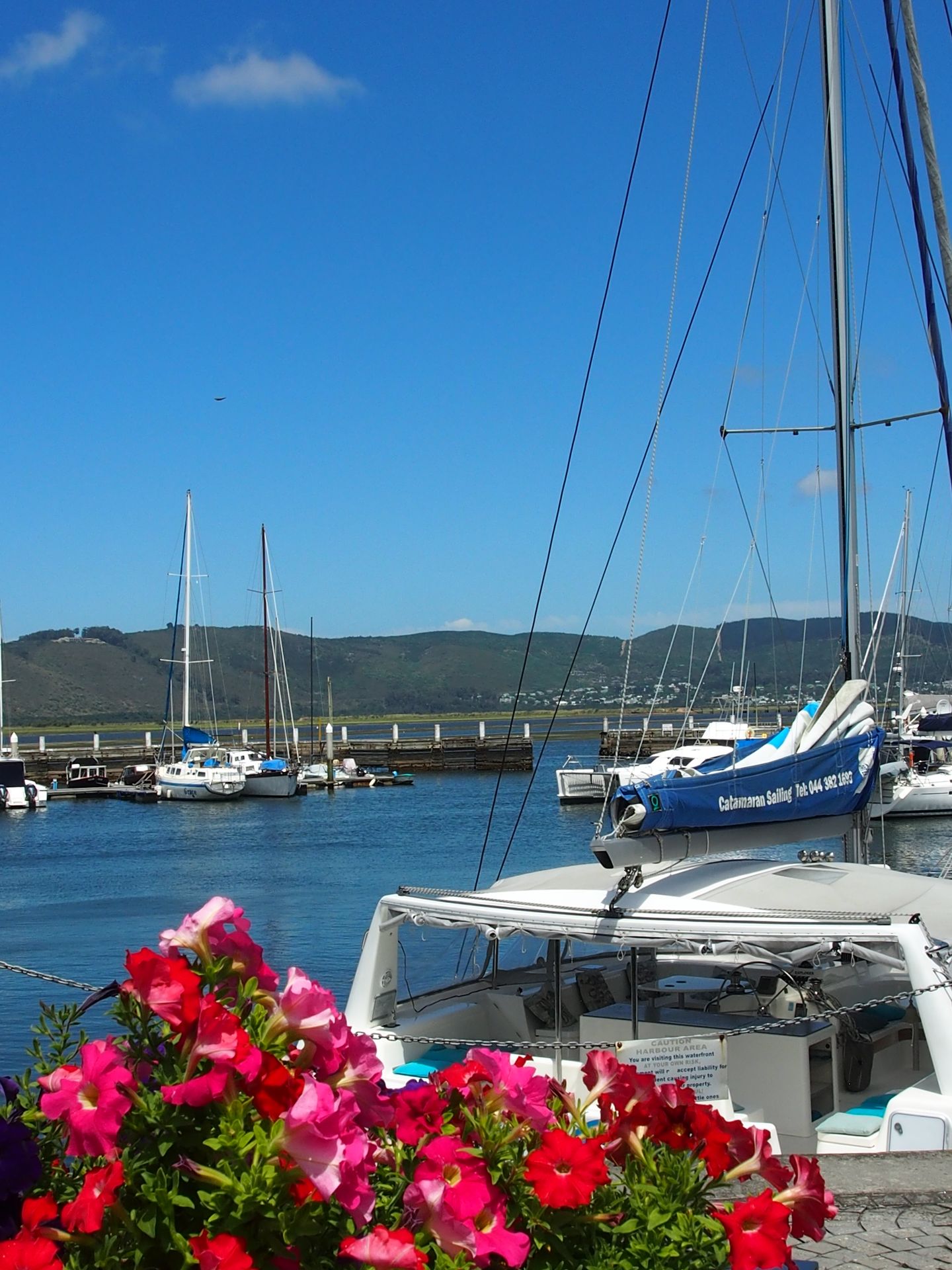
At 12:00 we head east. Through the Grootrivier Pass and a kind of "primeval forest" we come to Nature's Valley.
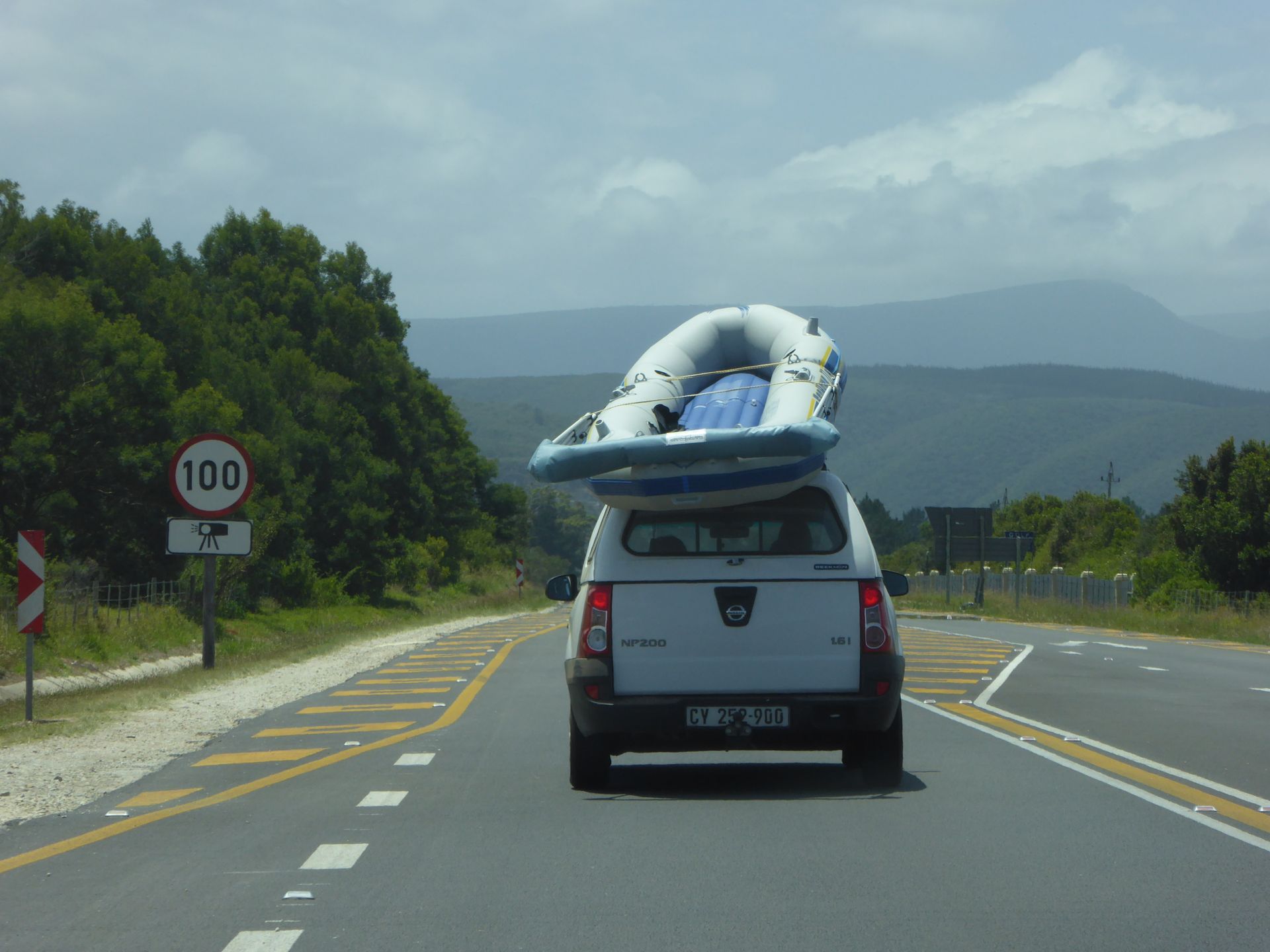

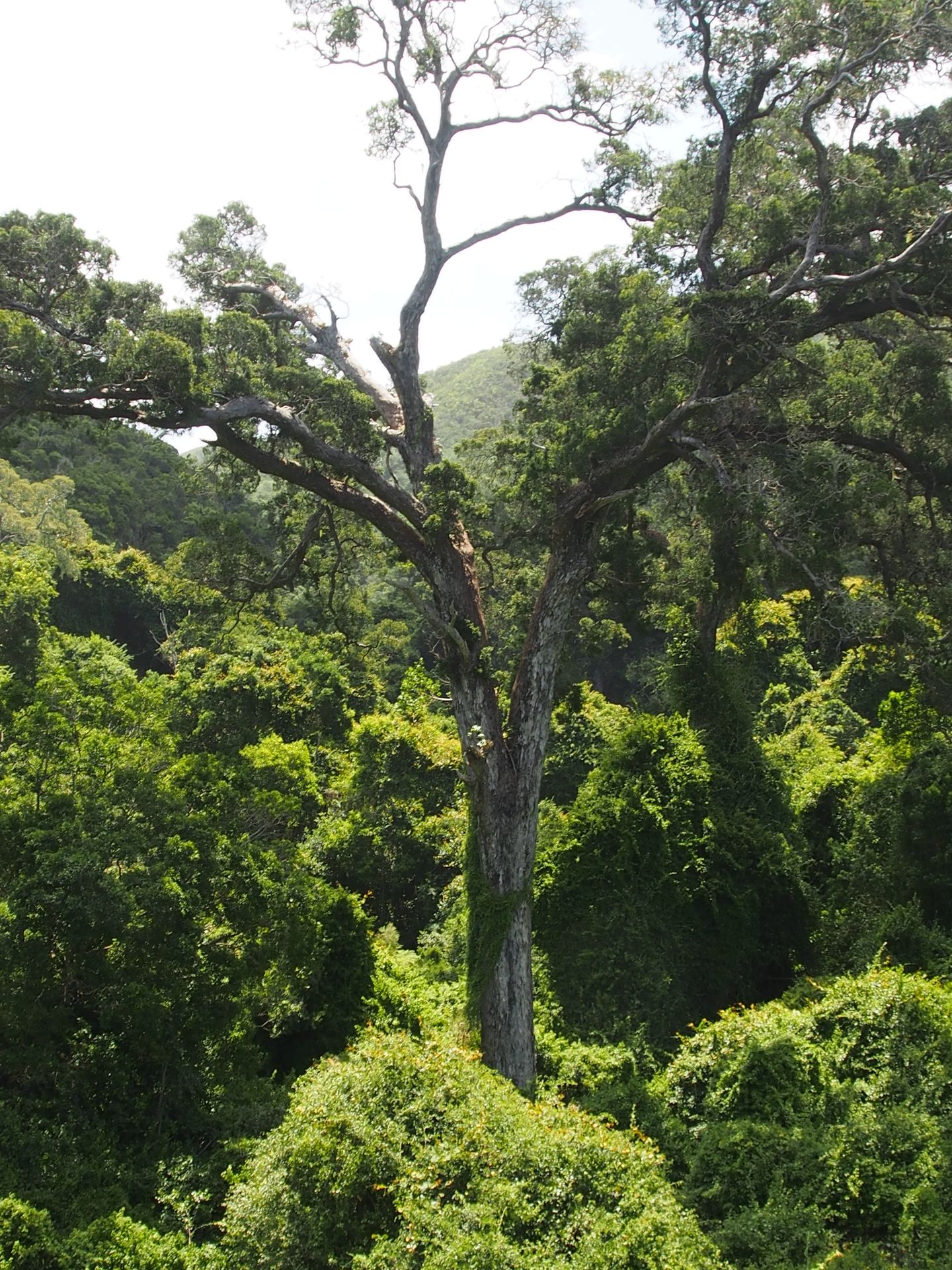
Thanks to modern bridge construction over the Bloukrans River and the Storms River, a highway was inaugurated in 1984. The Tsitsikamma National Park through which this road passes is home to countless bird species, antelopes, monkeys, and leopards.
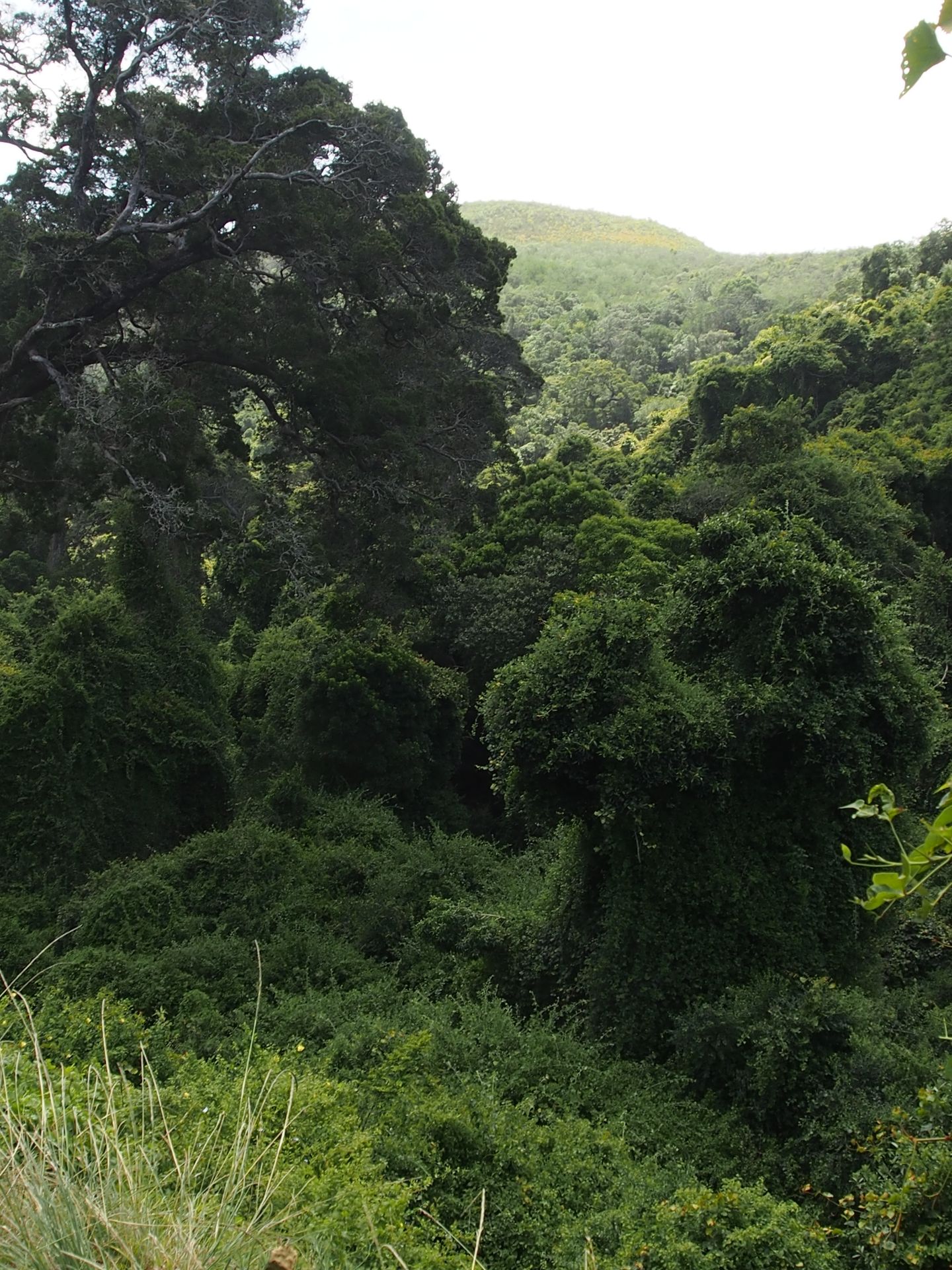

In Nature's Valley you can swim in both the lake and the sea - if the latter weren't so cold... The lake is formed by a wide inlet from the sea. The beach is incredibly wide and endlessly long. Funny plants that appear almost silvery grow on the sand dunes. Windsurfers practice and children splash around on the small "lake".

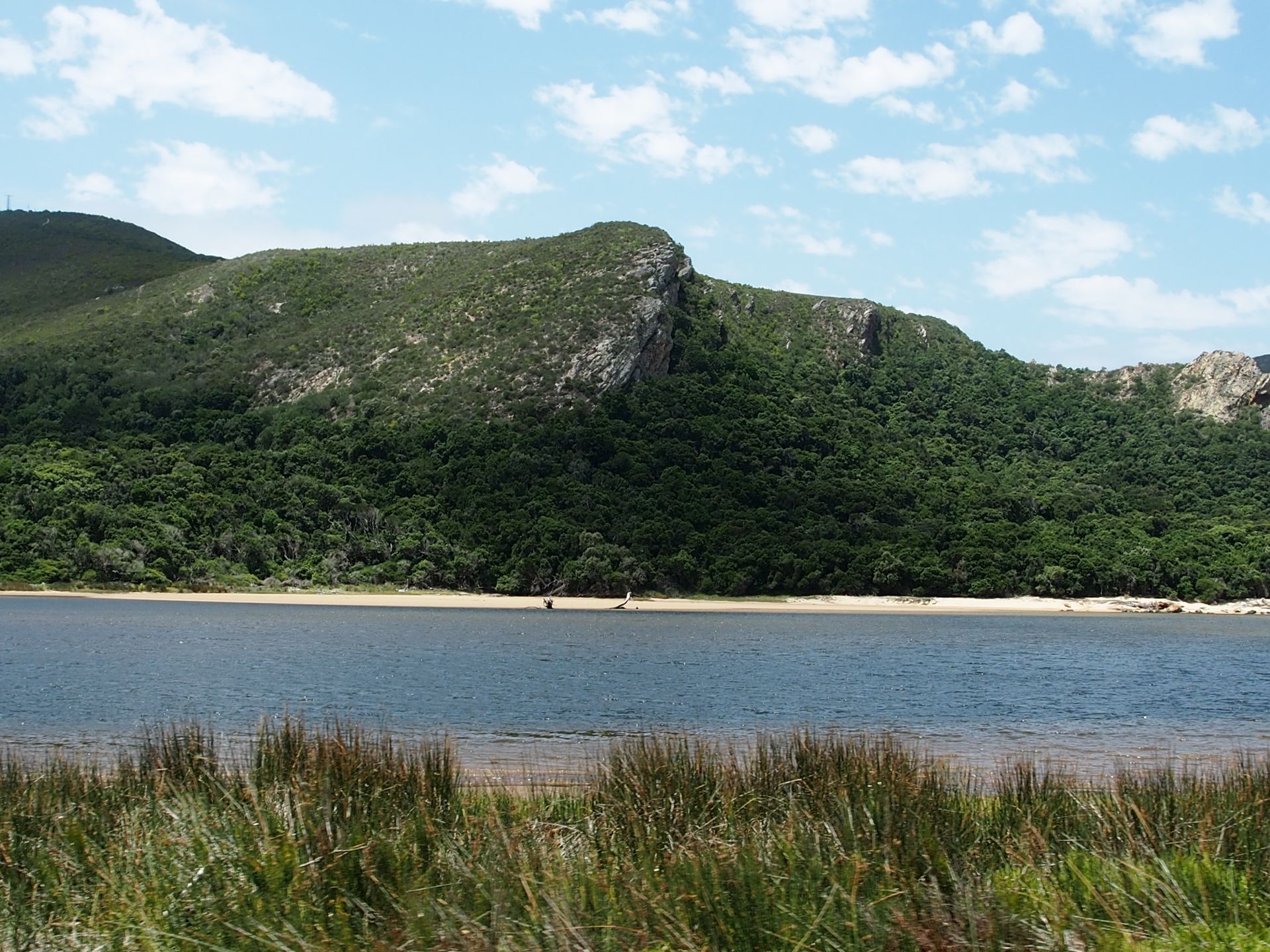
The origin of this region goes back to the Stone Age (approx. 1 million years) and due to the conditions, it was a good place to live. There was plenty to eat from the sea and the forest. The ice ages eliminated life here until different tribes settled here from inland.
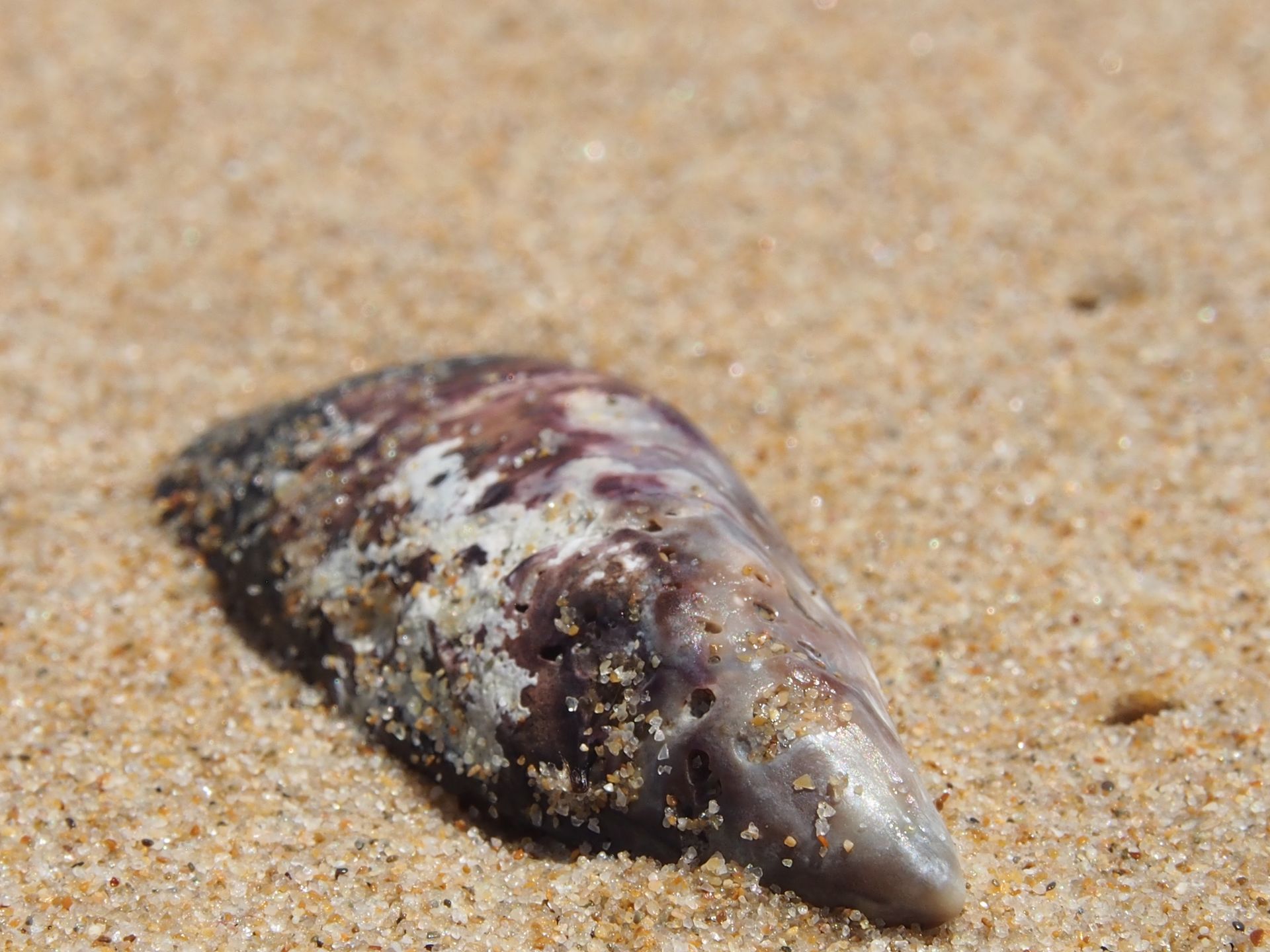
Today, this corner is a holiday area on the Garden Route and is part of the Tsitsikamma Park, through which the road continues eastwards. All together it is part of the Garden Route National Park.

At the right beach, a nasty wind is blowing. We take a few photos and continue towards Monkeyland.
We are not sure if this is just a stupid zoo and if the monkeys are not kept in a species-appropriate manner and ultimately just perform for tourists. However, the online reviews are good and this facility is also praised in the travel guides - that doesn't necessarily mean anything. We ask at the entrance if the monkeys are in cages and the people are quite shocked. So it is practically a huge forest...

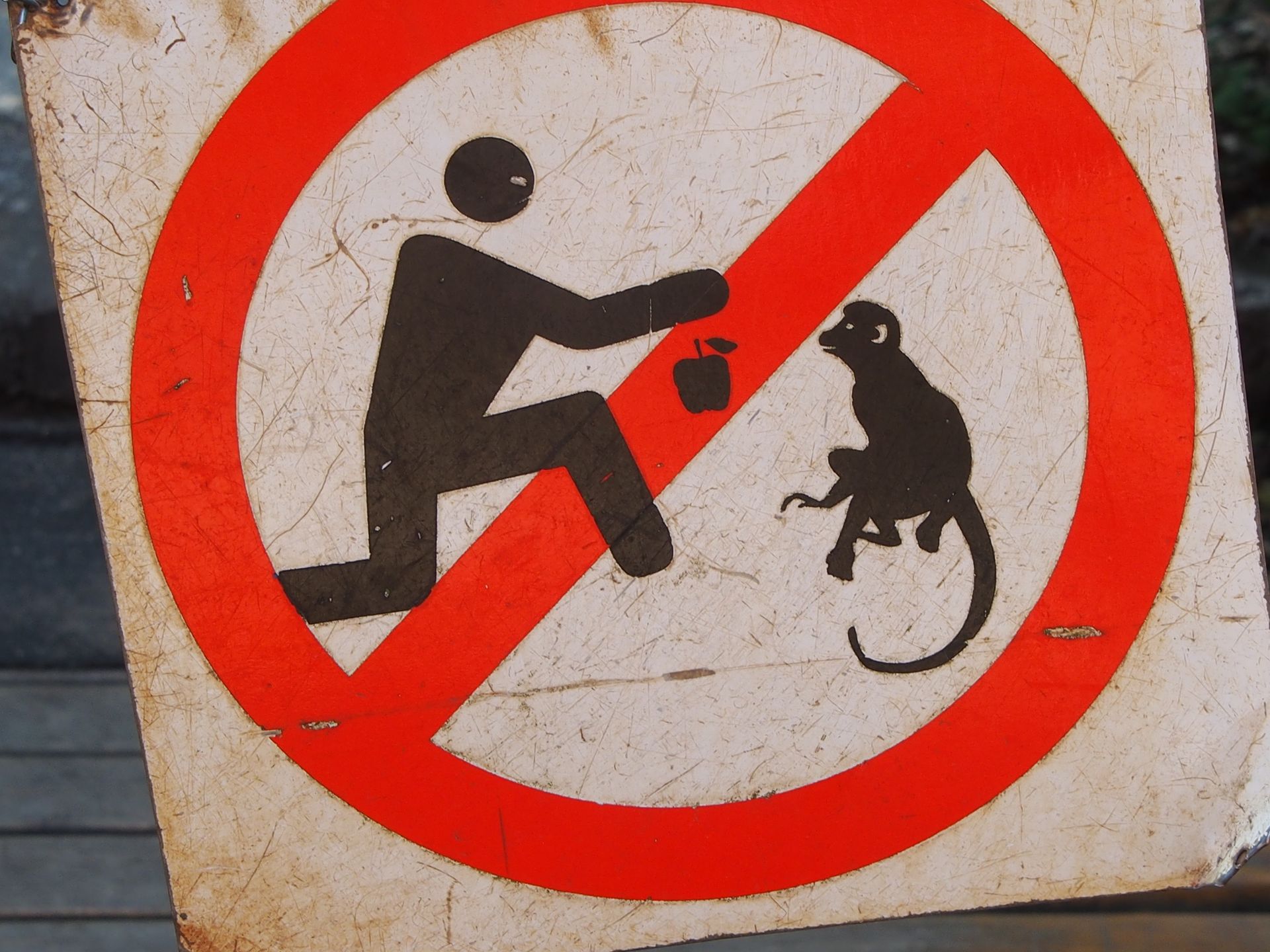
Around 500 monkeys, 11 species, of which only two or three are native here, romp around on about 21 hectares. They have come from laboratories, private households, or zoos to live here almost in the wild. However, a real release into the wild is usually not possible.

Twice a day, the monkeys are provided with fruit, chicken (!?), and potatoes (?) at certain locations, because they are omnivores. However, I am not aware of any monkey encountering chickens and potatoes in their normal environment. We hear that monkeys in the wild, however, do catch and eat doves, but only the (tender) breast meat.
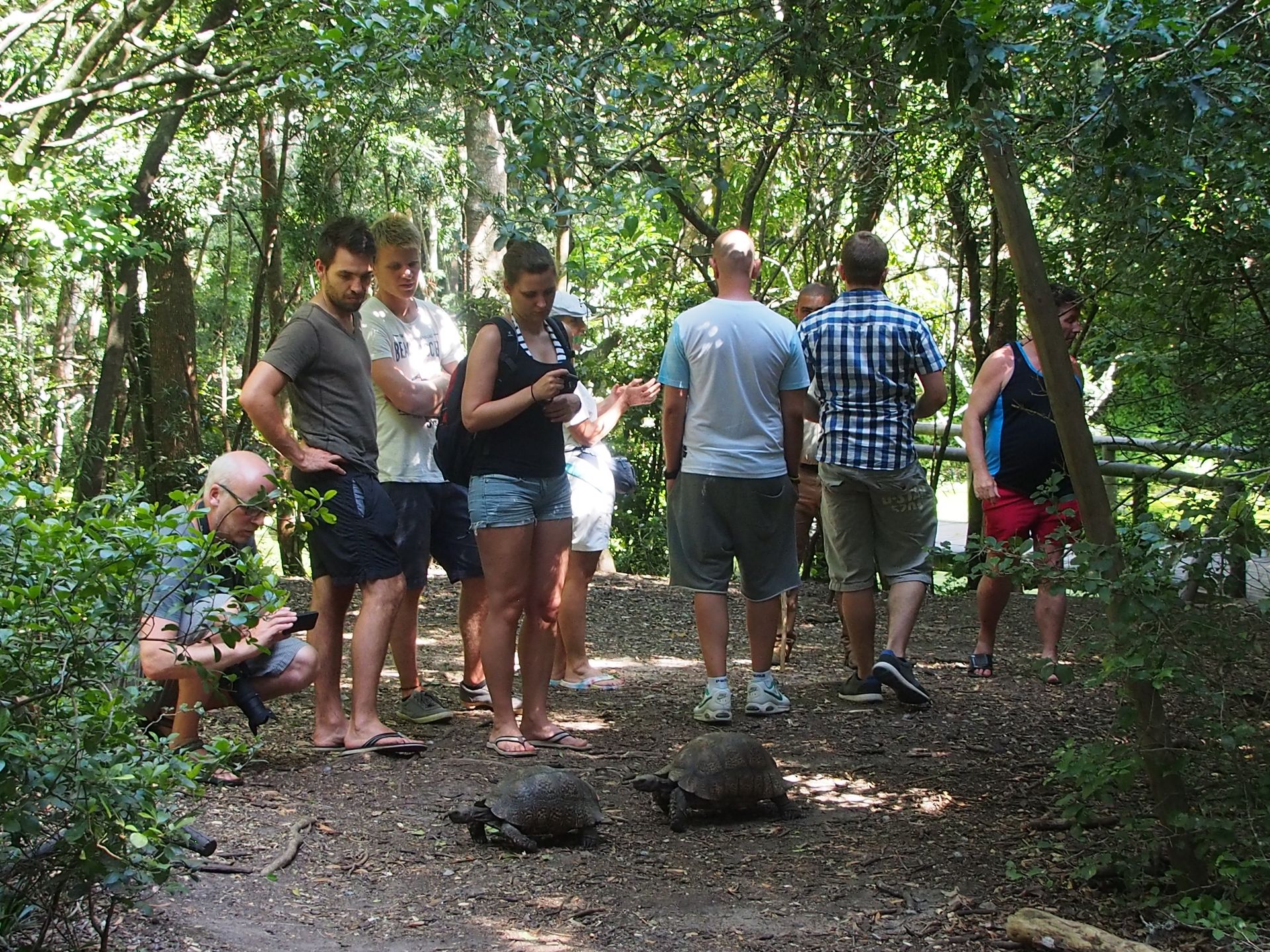
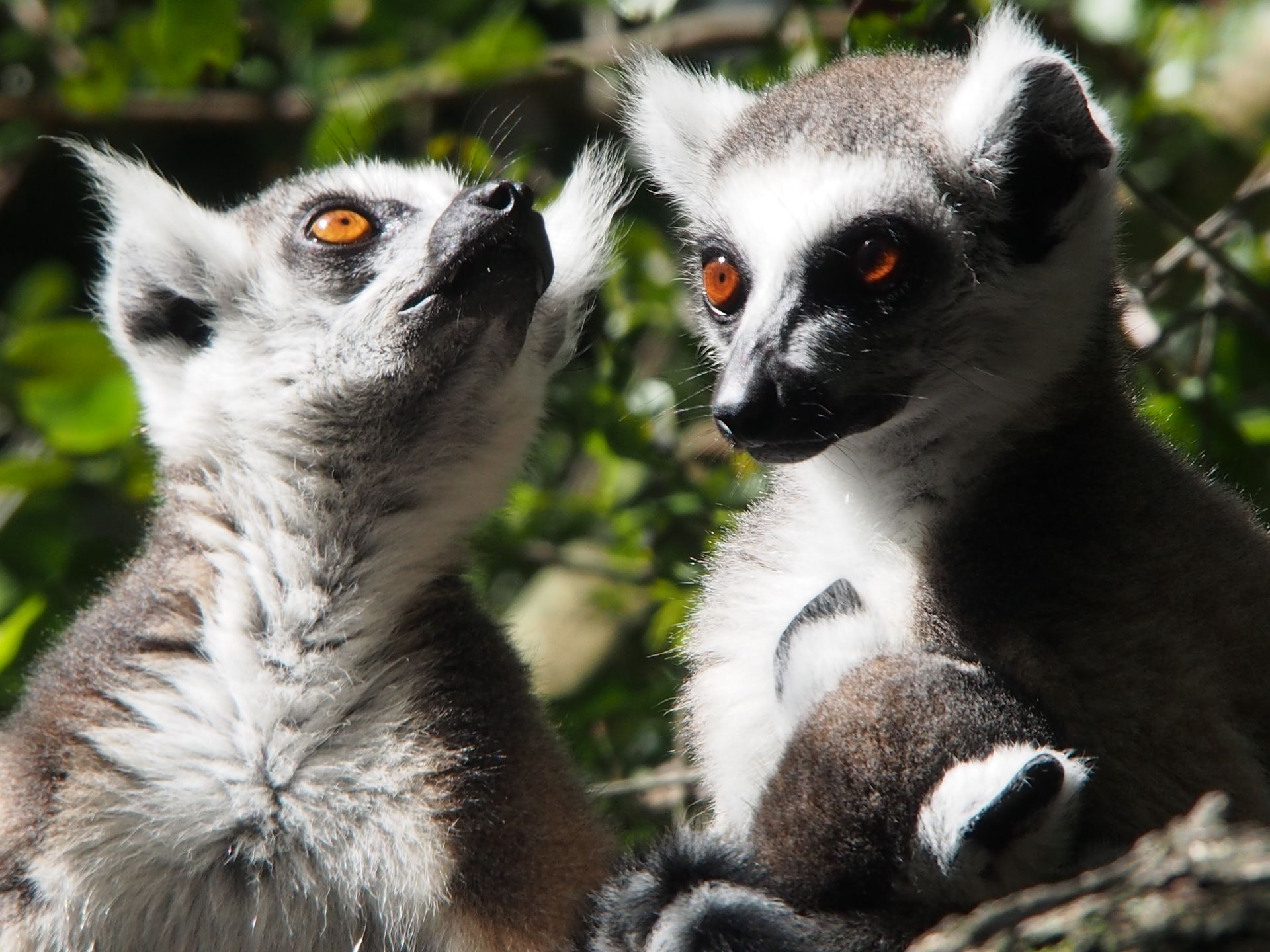

The monkeys roam around without fear, we see various species. The German-speaking (!!) guide accompanying our small group says that monkeys really like to react to anything that sparkles. So jewelry, sunglasses, and even cameras are in danger here. The curiosity of the primates also does not stop at glasses that have been coolly pushed into the hair...

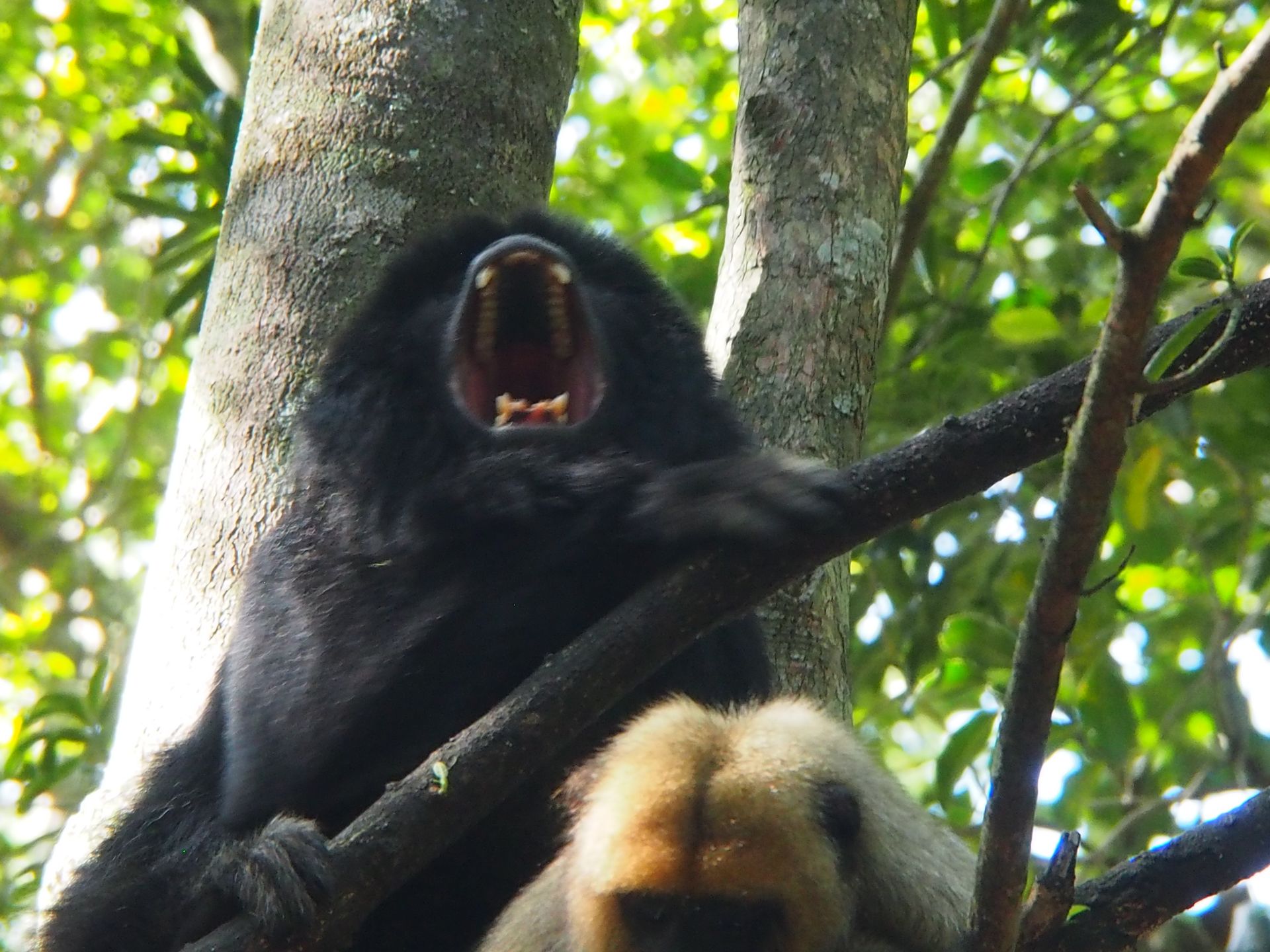
Very funny is the message: long-faced monkeys are dumb, those with round faces are smarter. One type of long-faced monkeys have triplets twice a year. They then build a nest for each young, but immediately forget that they have three young and only take care of the one they last saw. The other two offspring then become easy prey for natural enemies or actually die of hunger.
In addition to monkeys, turtles can also be seen. I find the howler monkeys particularly impressive. It's a shame we don't hear them howling - because you can hear that up to 7 kilometers in the jungle.

After taking around 80 photos - many of them blurred - and about an hour, we are back outside and drive back to Knysna. Quickly take a shower and head to the "John Benn" - the old wooden boat with which we take the lagoon cruise at 6:00pm.
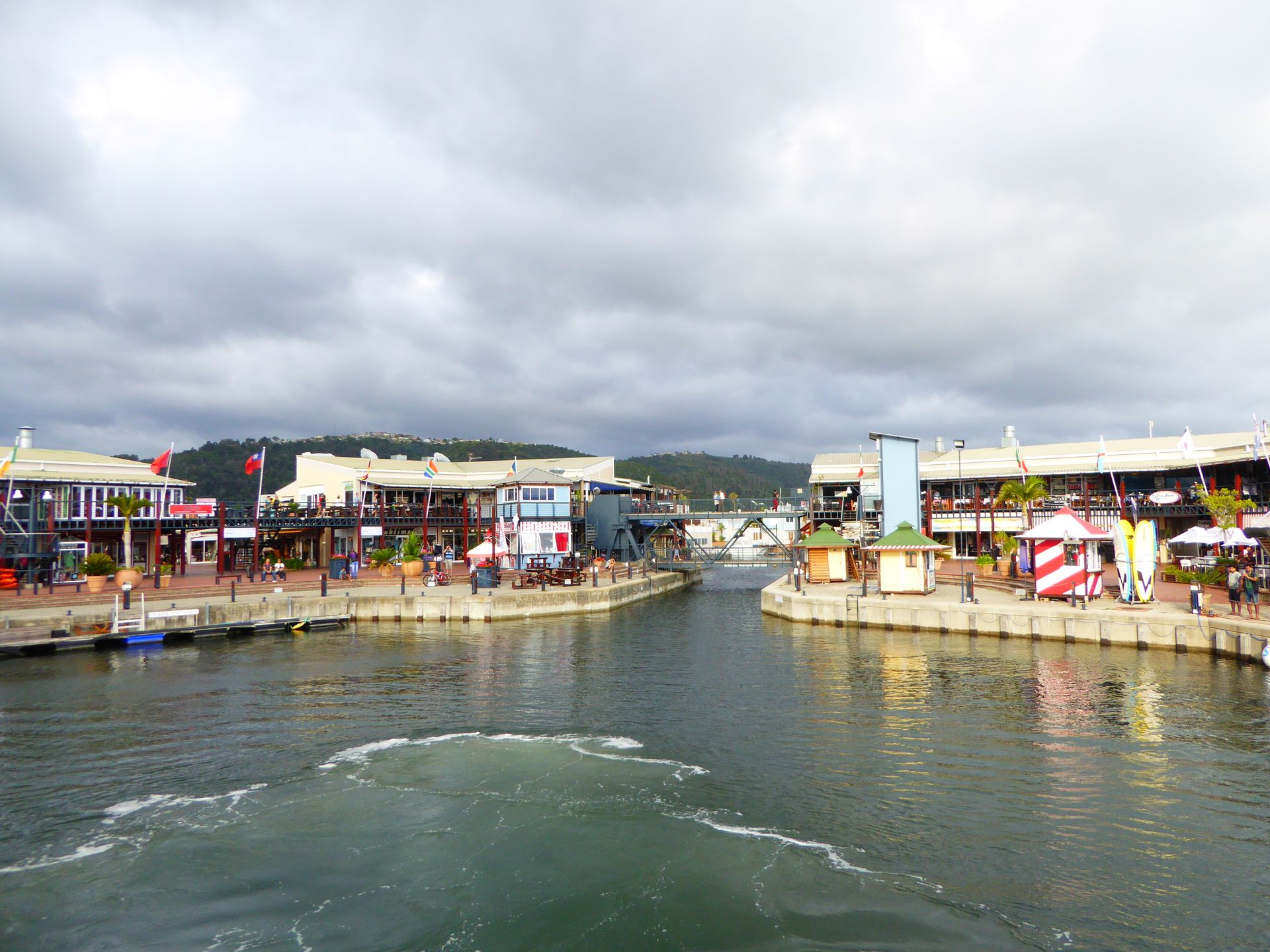
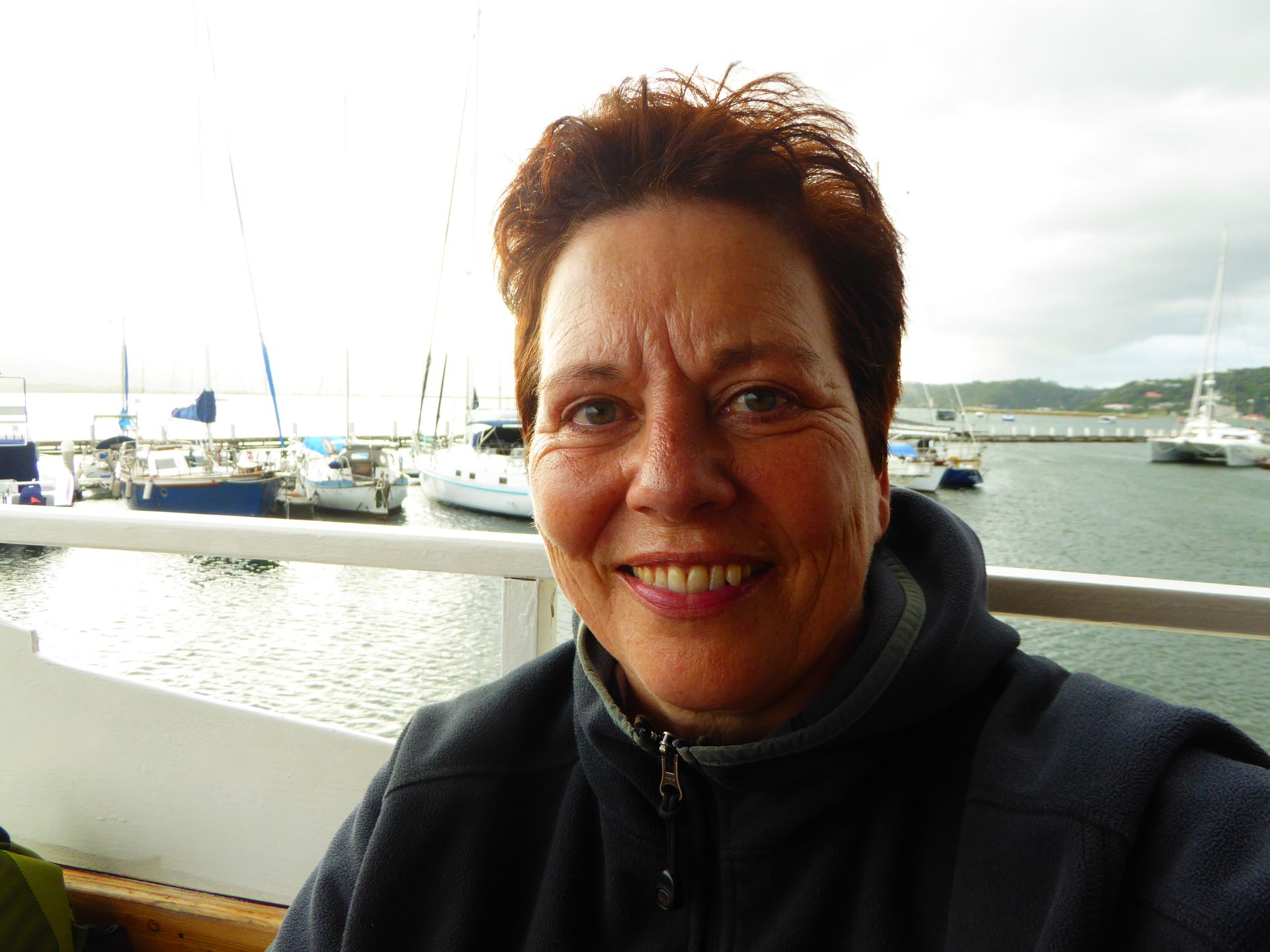
The boat is only about 1/3 booked, so there aren't 100 people on board as there should be, and we sit at the stern at an outdoor table. The menu is surprisingly extensive and the wine list is not bad either. I order a tramezini with cheese and tomatoes and a Castle Light (beer). Since there are no side walls here, I soon sit with a hood on my head in my fleece jacket.

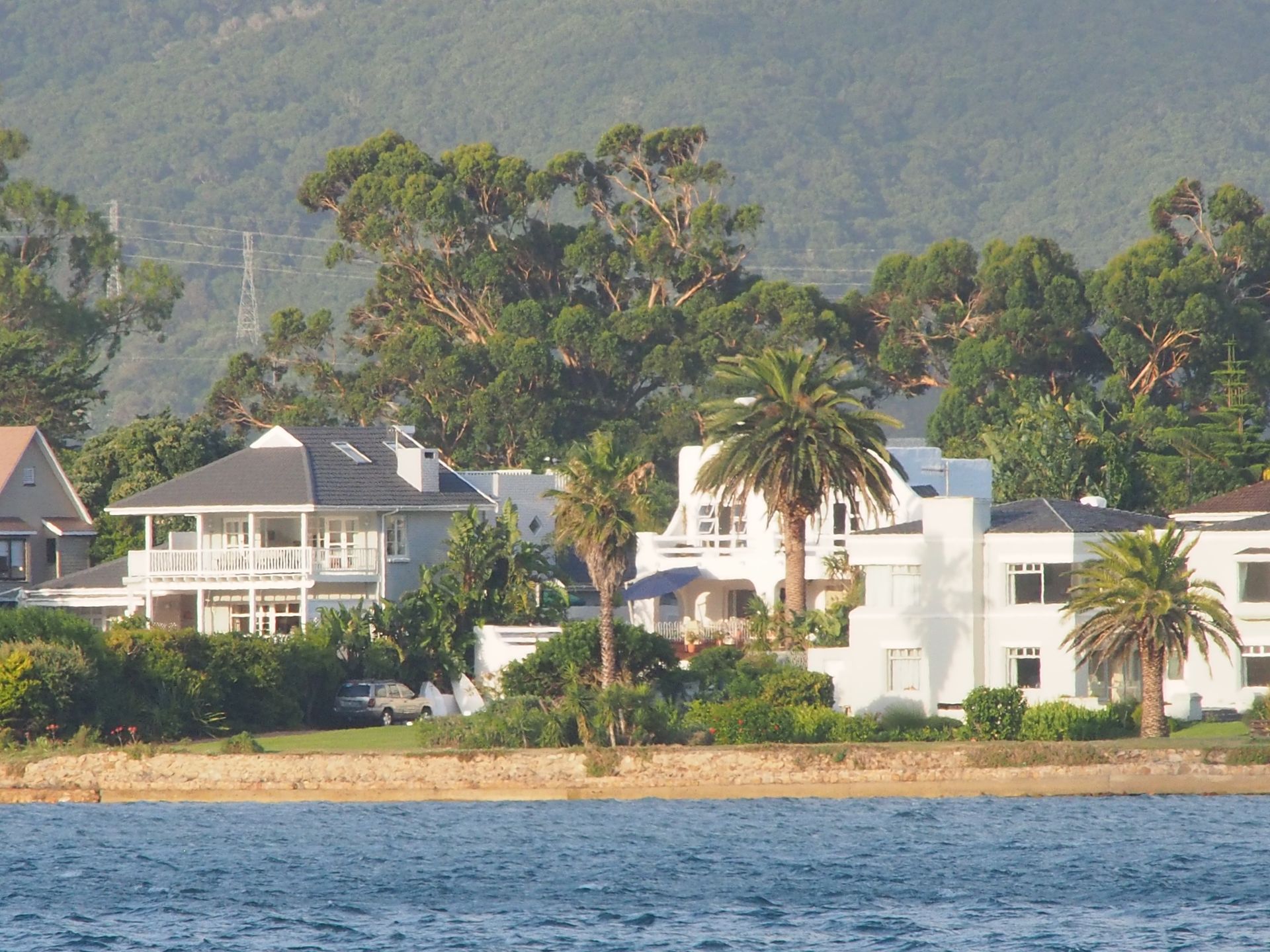
In the evening light, we drive along Thesens Islands and Leisure Isle, and then on the back of the hill behind Brenton-on-Sea, where we were lying on the beach yesterday. This mountain ridge is a nature reserve called Featherbed.
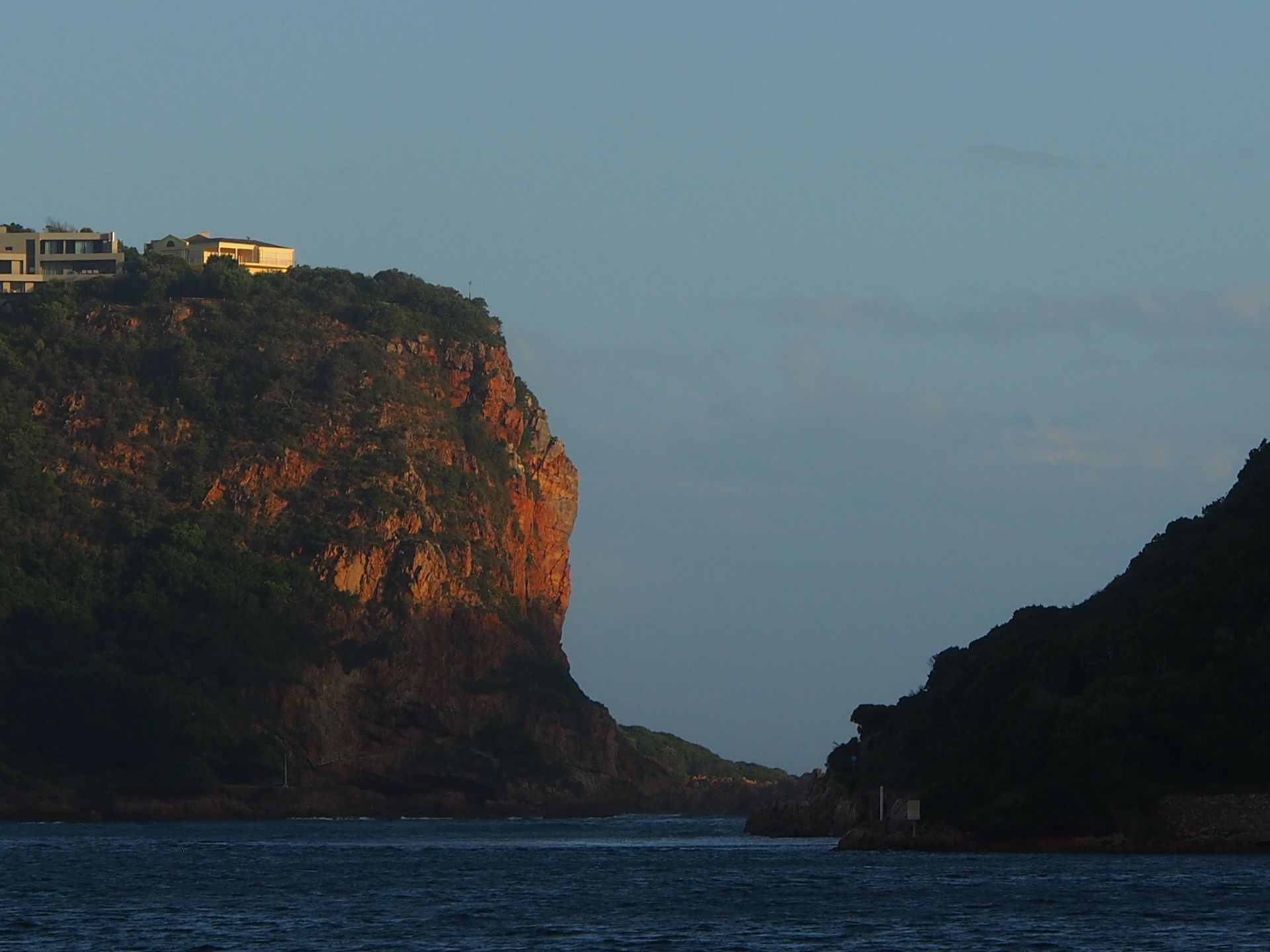
Knysna Heads
The Knysna Heads can only be seen from a distance, the boat does not really approach there. In order to make the 90-minute tour long enough, the boat now lingers in the lagoon with a view of the Heads. This is quite cheesy and does not contribute to the experience of the tourists on board. Soon everyone is inside and we are back at the Waterfront at 7:00pm. In our apartment, we run a washing machine (we have a box with Ariel Pods - small self-dissolving laundry detergent pods - with us since Cape Town).
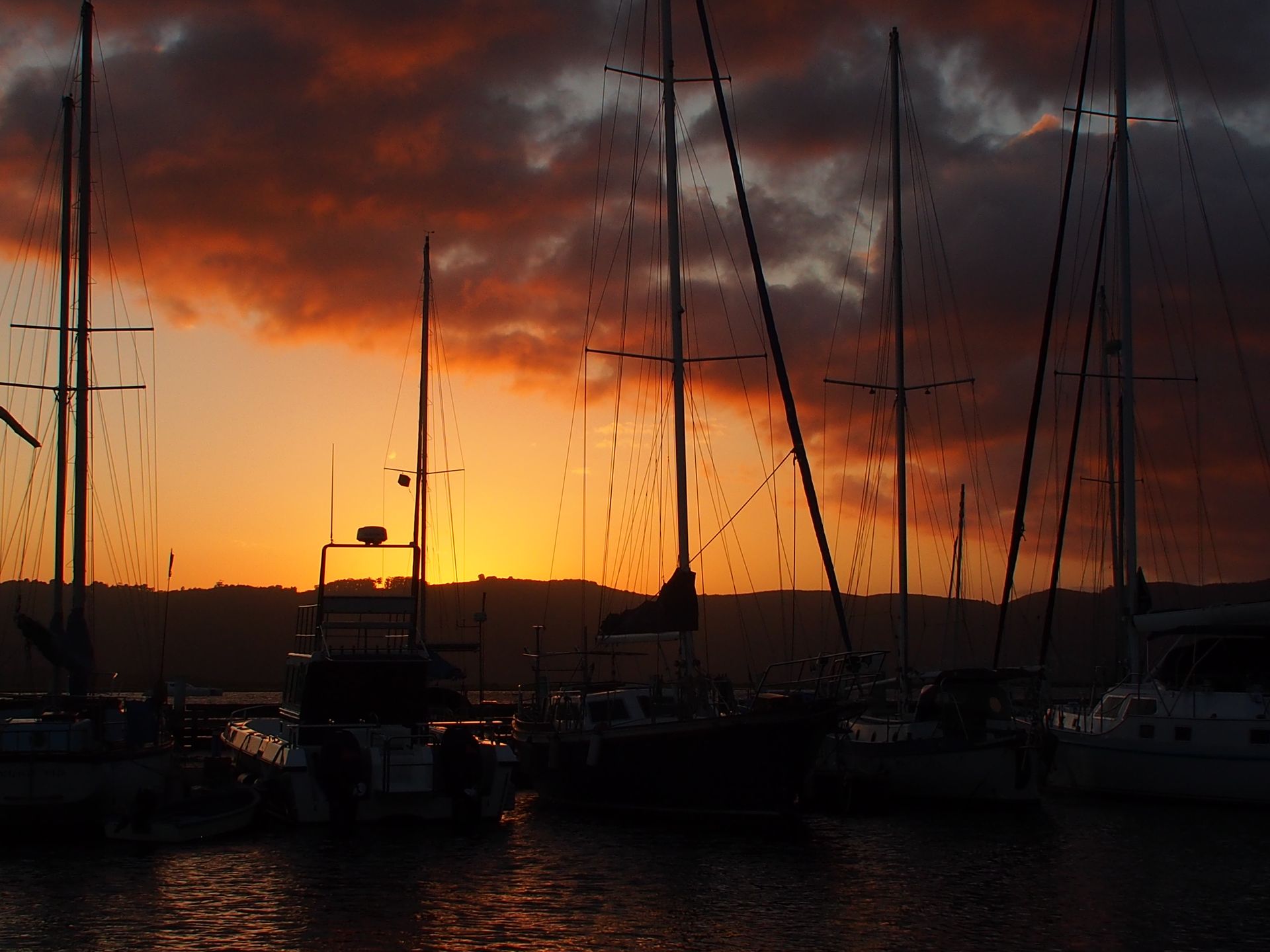
Then secure the pictures, write in the diary and go to bed at 11:00pm.
Answer
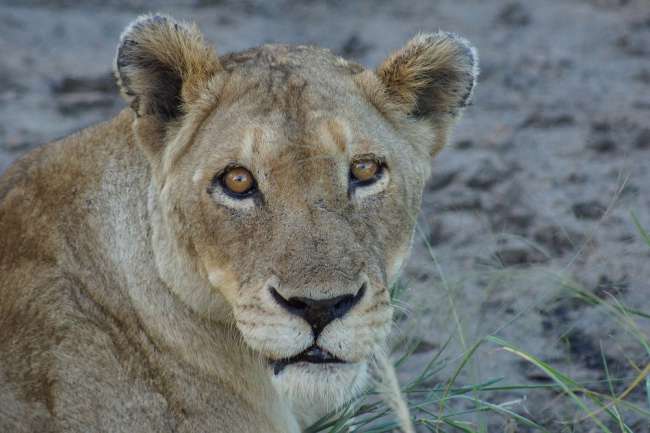
Travel reports South Africa
